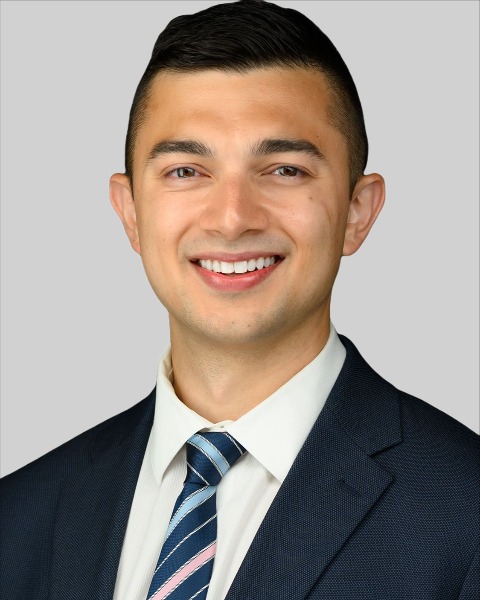Spine
Surgical Management of Patients with Concomitant Craniocervical Junction Abnormalities and Chiari Malformation

Sakibul Huq, MD
Neurosurgery Resident
UPMC
Pittsburgh, Pennsylvania, United States
Presenting Author(s)
Introduction: Craniocervical junction disorders (CCJD) are associated with morbidity and reduced quality of life. Patients with CCJD and anterior vectors of compression are increasingly treated using the endoscopic endonasal approach (EEA). However, a subset of patients with CCJD also has a concurrent Chiari malformation (CM) and resultant posterior vector of compression. We characterize this poorly-understood patient population and the role of suboccipital craniectomy (SOC) in addition to EEA and posterior instrumentation.
Methods: Single-institution retrospective review of all patients with CCJD who underwent EEA between 2008-2023.
Results: A total of 52 patients who underwent EEA for various CCJD were included, 14 of which had a concomitant CM (CCJD-CM). The CCJD-CM cohort was younger (mean 39.7 vs. 60.9 years) than non-CM counterparts, and the majority (n=10) had a retroflexed dens. The most common presenting symptoms for CCJD-CM patients were dysphagia, myelopathy, and Chiari-like symptoms (headaches and paresthesias). All patients underwent EEA and atlantoaxial or occipitocervical instrumentation. 7 patients underwent SOC either before (n=2) or at the time of (n=5) EEA. Compared to these patients, patients with CCJD-CM who did not undergo SOC had a minor trend toward higher rates of persistent radiographic tonsillar descent (n=7, p=0.15), tonsillar crowding (n=5, p=0.19), and Chiari-like symptoms (n=7, p=0.19) at last follow-up. However, no patient with CCJD-CM who only underwent EEA has required additional surgery, though one is considering decompression for persistent Chiari-like symptoms.
Conclusion : There appears to be a link between a retroflexed dens and CM. EEA alone appears adequate for many patients with this disease, but further studies are needed to determine the timing and potential role of SOC in addition to EEA and posterior instrumentation for circumferential decompression in CCJD-CM patients.
Methods: Single-institution retrospective review of all patients with CCJD who underwent EEA between 2008-2023.
Results: A total of 52 patients who underwent EEA for various CCJD were included, 14 of which had a concomitant CM (CCJD-CM). The CCJD-CM cohort was younger (mean 39.7 vs. 60.9 years) than non-CM counterparts, and the majority (n=10) had a retroflexed dens. The most common presenting symptoms for CCJD-CM patients were dysphagia, myelopathy, and Chiari-like symptoms (headaches and paresthesias). All patients underwent EEA and atlantoaxial or occipitocervical instrumentation. 7 patients underwent SOC either before (n=2) or at the time of (n=5) EEA. Compared to these patients, patients with CCJD-CM who did not undergo SOC had a minor trend toward higher rates of persistent radiographic tonsillar descent (n=7, p=0.15), tonsillar crowding (n=5, p=0.19), and Chiari-like symptoms (n=7, p=0.19) at last follow-up. However, no patient with CCJD-CM who only underwent EEA has required additional surgery, though one is considering decompression for persistent Chiari-like symptoms.
Conclusion : There appears to be a link between a retroflexed dens and CM. EEA alone appears adequate for many patients with this disease, but further studies are needed to determine the timing and potential role of SOC in addition to EEA and posterior instrumentation for circumferential decompression in CCJD-CM patients.

.jpg)